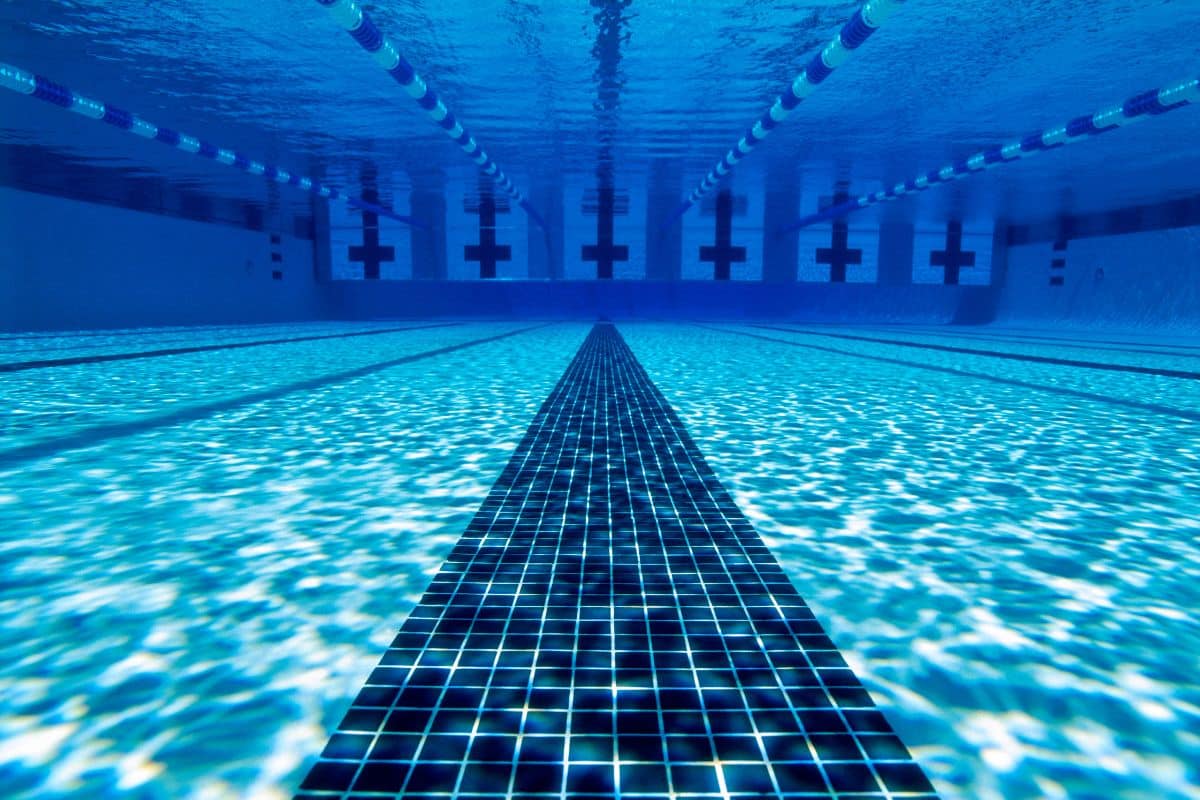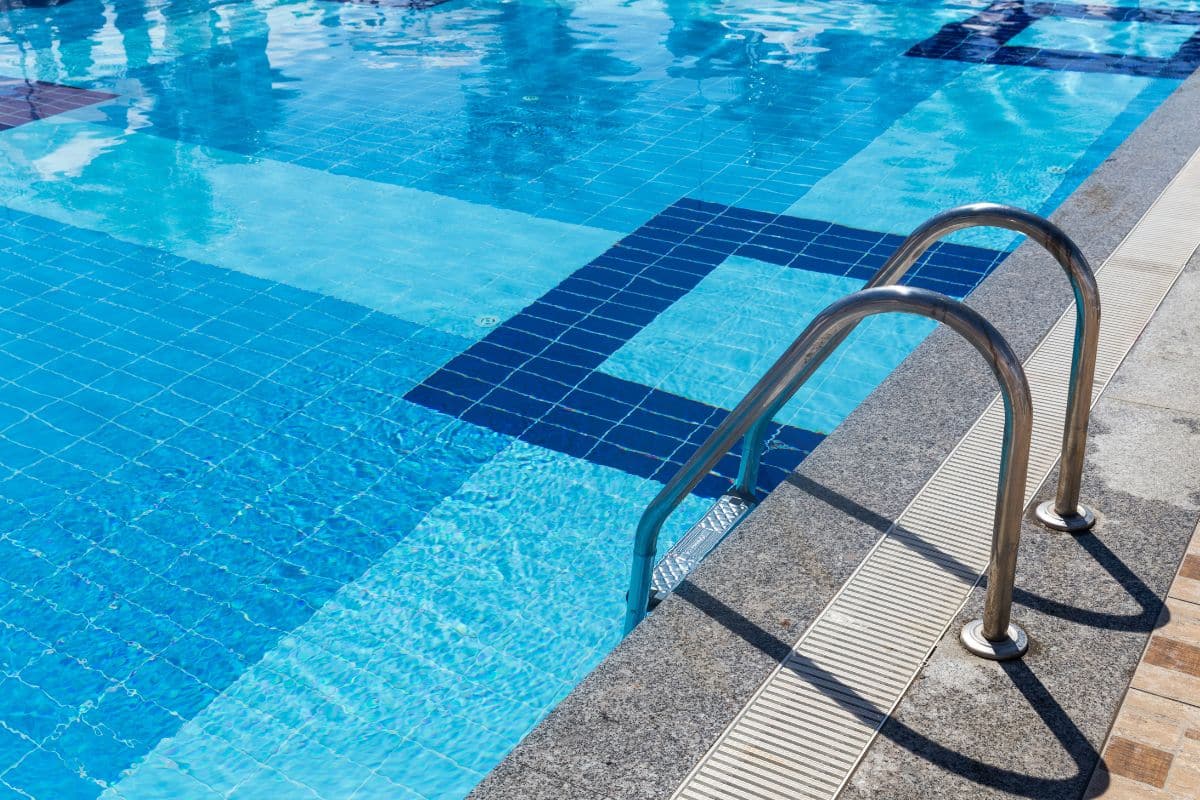Call Us TODAY: (417) 771-7552
Preventing Costly Repairs: Understanding Commercial Pool Resurfacing Frequency

As a commercial pool owner, you have a responsibility to maintain your pool. Commercial pool resurfacing is not just a maintenance measure, but a cost-cutting measure that empowers you to avoid costly repairs and keep your pool in top condition.
Neglecting resurfacing requirements can lead to cracked surfaces, leaks, and even health code issues such as poor water quality or unsafe pool conditions. Commercial pool resurfacing guarantees safety, longevity, and a sparkling appearance.
How Often Should You Resurface a Commercial Pool?
Why Commercial Pool Resurfacing Matters?
Preventive maintenance is vital. It helps keep commercial pools in optimum condition. Scheduling regular commercial pool resurfacing produces a new, resilient surface that holds up well. When the pool’s surface deteriorates, it becomes open to cracks, leaks, and algae development. It will cause expensive commercial pool repair.
Resurfacing safeguards the pool structure and improves safety and appearance. A well-maintained, smooth surface minimizes the risk of injury and keeps the pool visually pleasing for guests. For commercial establishments, a welcoming pool can significantly improve customer satisfaction.
Another notable advantage of resurfacing is the extended longevity of the pool. Commercial pool surfacing in Springfield, MO, safeguards against harsh weather conditions and structural decay, preserving the value of your investment. Resurfacing is a preventive measure that reassures you of a sustained pool value asset in the long run.
Factors That Affect Resurfacing Frequency
Commercial pool resurfacing frequency depends on several critical factors, including the type of pool surface material. Plaster surfaces need to be resurfaced every 5-10 years, while fiberglass can last 15-30 years. Generally, tiled surfaces last longer. However, they require regular inspections for missing or damaged tiles.
Other significant considerations are the level of usage and traffic. Heavy-traffic business pools, like those in hotels and public pools, can require resurfacing more often. Excessive usage scales up degradation. It will then need proactive resurfacing. This is because it prevents expensive commercial pool repairs.
Maintenance habits and weather conditions also influence resurfacing requirements. Proper water chemistry, frequent cleaning, and shelter from extreme weather can prolong the life of the pool surface. However, a lack of these habits can cause early deterioration, which will require more frequent resurfacing.
General Guidelines for Resurfacing Frequency
Various surface materials have different commercial pool resurfacing timelines. Plaster pools require resurfacing every 5-10 years. Fiberglass surfaces are more durable, lasting 15-30 years. Tiled pools might only require spot repairs when needed, making them an economical option for certain commercial applications.
You need to watch for warning signs that the pool needs resurfacing. Discoloration, rough surfaces, cracks, and water leaks are obvious indicators. Disregarding these signs can cause serious structural damage, which will require expensive commercial pool repairs.
Proactive resurfacing has numerous benefits compared to reactive measures. By resurfacing before complications, pool owners eliminate emergency closures and save long-term maintenance costs. Resurfacing regularly makes the pool safe, lovely, and functional, guaranteeing an enjoyable experience for all users.
Cost Implications of Delaying Resurfacing
If you delay commercial pool repair in Springfield, minor issues can turn into major expenses. Small cracks or worn surfaces can quickly evolve into severe structural damage, which will cause costly commercial pool repairs. The longer resurfacing is postponed, the higher the repair bills climb.
Operational downtime is also a significant issue. Emergency repairs frequently involve closing the pool. It can translate into lost income, particularly in peak season. Even brief closures can affect customer satisfaction and business profitability for commercial centers.
Health and safety hazards also increase if you do not consider resurfacing. Broken surfaces can lead to slipping accidents and compromise water quality, and failure to follow safety standards can result in fines or lawsuits. Resurfacing regularly will reduce these hazards and keep the pool up to industry standards.
Best Practices for Maintaining Pool Surfaces
Regular inspections are necessary to detect early signs of wear and take proactive measures. By inspecting for surface damage, discoloration, and rough or uneven spots, you can stay in control of your pool’s maintenance. Consider booking professional inspections for a comprehensive assessment of resurfacing requirements.
Keeping water chemistry in check is essential. It will preserve the pool’s surface. Unbalanced pH or excessive chlorine can erode the surface. It can shorten the interval between commercial pool resurfacing. Automatic systems to regulate and balance chemical levels can significantly preserve balance.
Regular maintenance and cleaning also play a vital role. Brushing the pool surfaces, clearing away leaves, and applying the right cleaning products to avoid damage. Ongoing care prolongs the surface life. It will also maintain the pool in its finest condition. Moreover, it can minimize the necessity of frequent commercial pool repairs.
A pool resurfacing investment today is cost-saving. It will maintain the pool as an inviting and worthy property for years to come. Don’t wait until there is evident damage—act now and keep your pool in its best state!




